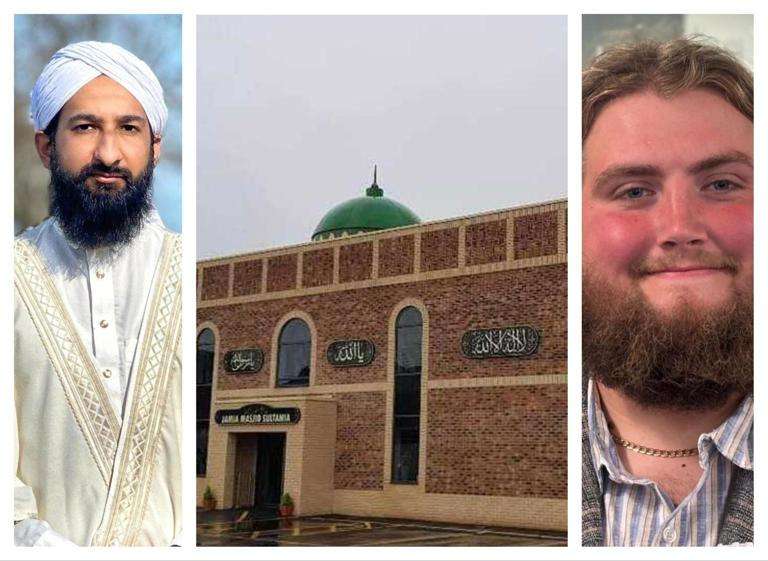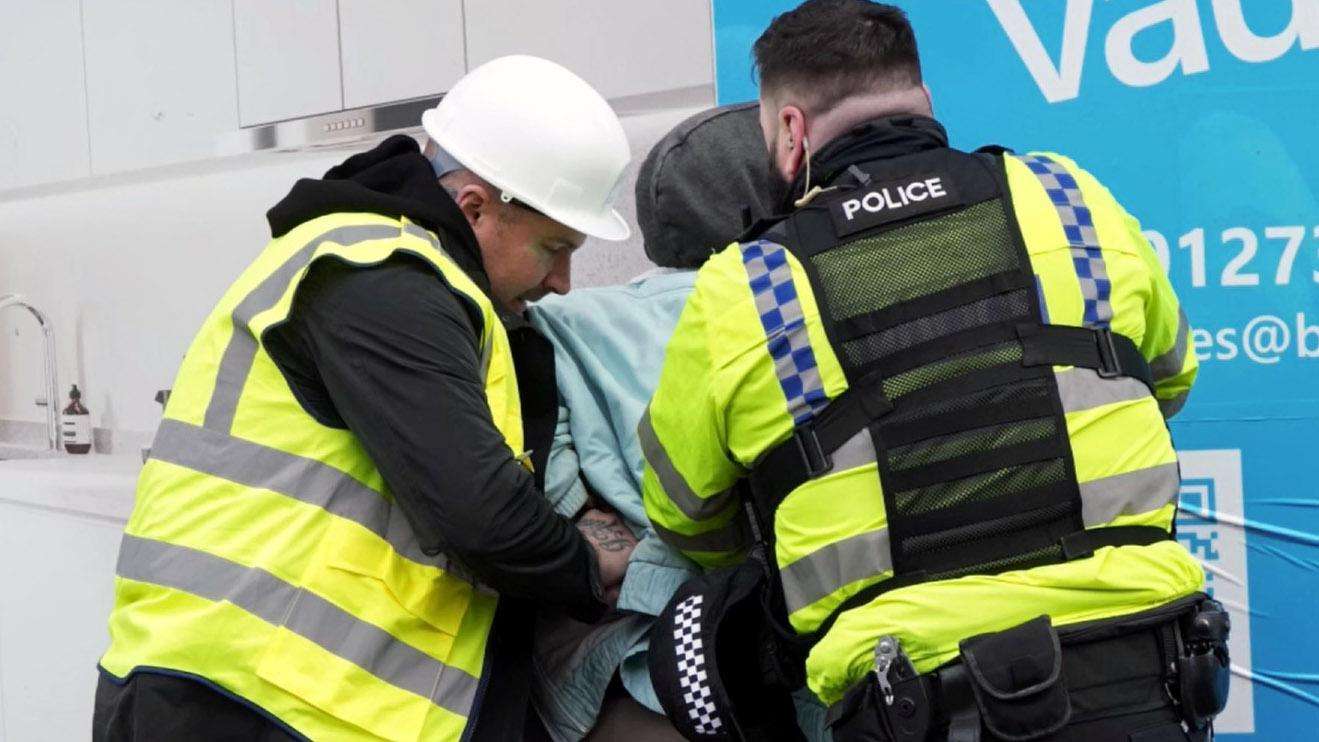Heathrow Airport announced it is “open and fully operational” on Saturday after being forced to shut down due to a power outage caused by a substation fire.
Flights resumed at the west London airport on Friday evening, with temporary restrictions on overnight flights lifted to help manage the backlog of passengers. The disruption occurred after a fire at an electricity substation in Hayes on Thursday night. Authorities, including the Metropolitan Police, have ruled out any suspicion of foul play, while the London Fire Brigade is investigating the electrical distribution equipment involved in the incident.
To accommodate affected travelers, Heathrow added 50 additional flight slots on Saturday, allowing an extra 10,000 passengers to pass through the airport. In a statement posted on X, Heathrow confirmed that flight operations had resumed and urged passengers to check with their airlines before traveling. The message read:
“Flights have resumed at Heathrow following yesterday’s power outage.
If you’re due to travel today, we advise you to still contact your airline for the latest flight information before heading to the airport.
We apologise for the disruption and appreciate your patience whilst operations return to normal.”
A spokesperson further reassured passengers, stating that all terminals and car parks were fully operational, and additional staff had been deployed to assist those impacted by the outage. Firefighters and technicians continued working at the affected substation on Saturday morning.
Transport Secretary Heidi Alexander acknowledged the situation in a post on X, stating: “Good to see Heathrow Airport return to full operations this morning. Passengers should continue to check with their airline before traveling.”
Among those impacted was Farah Rafeeq, 24, who was set to fly with Singapore Airlines on Friday, along with her friend Niken Wulan, 32, to attend a wedding in Cambodia on Sunday. Due to flight cancellations, they missed part of the ceremony. They managed to book an alternative flight from Gatwick with Turkish Airlines and Bangkok Airways, but at a much higher cost, paying nearly double the original price—between £600 and £700.
Reflecting on the situation from Gatwick, Rafeeq described the experience as “nightmarish,” explaining that they had spent months planning the trip, booking hotels, and arranging further travel across Southeast Asia after the wedding.
However, not all passengers had negative experiences. American tourist Tim Kolb, 55, who had been traveling from Dallas, Texas, praised both his airline and Heathrow’s response. He shared that American Airlines efficiently handled rebooking and accommodations, ensuring he reached his destination with minimal inconvenience.
According to flight tracking service FlightRadar24, British Airways (BA) flight BA56 from Johannesburg was the first commercial passenger plane to land at Heathrow since the disruption, arriving at 4:37 am on Saturday.
BA, which has a significant presence at Heathrow, anticipated operating around 85% of its scheduled flights on Saturday. The airline normally handles approximately 600 departures and arrivals on Saturdays, but some cancellations were expected, particularly on high-frequency routes. A BA spokesperson acknowledged the complexity of restoring full operations, warning passengers to expect delays.
To mitigate congestion, the Department of Transport temporarily eased restrictions on overnight flights. While Heathrow is not entirely banned from operating night flights, government regulations have capped them since the 1960s. Currently, there is an annual limit of 5,800 night-time take-offs and landings between 11:30 pm and 6 am, along with a nightly noise restriction.
Heathrow’s chief executive, Thomas Woldbye, explained that the disruption was exacerbated by the failure of a backup transformer, which required shutting down systems as a precaution while power was redistributed from two remaining substations. Describing the outage as one of the most significant incidents the airport has faced, he apologized to affected passengers, emphasizing that while Heathrow has robust contingency plans, it is impossible to prepare for every scenario.
The Metropolitan Police's counter-terrorism unit has been leading the investigation into the fire, though authorities have determined that the incident was not suspicious. Commander Simon Messinger confirmed that while inquiries were ongoing, there was no evidence to suggest foul play.
The fire also impacted thousands of homes, leaving them temporarily without power, and forced the evacuation of over 100 people after a transformer within the substation caught fire.
With over 83.9 million passengers traveling through its terminals in 2024, Heathrow remains Europe’s busiest airport. Approximately 200,000 passengers were affected by Friday’s disruptions, making this one of the most severe operational setbacks the airport has faced in recent years. The last comparable disruption occurred in December 2010, when heavy snowfall caused mass cancellations, leaving thousands of travelers stranded over the Christmas period.
Another significant aviation crisis occurred in April of that year, when a volcanic eruption in Iceland released an ash cloud that grounded flights across Europe for days.

_7.jpg)


_9.jpg)



.svg)


